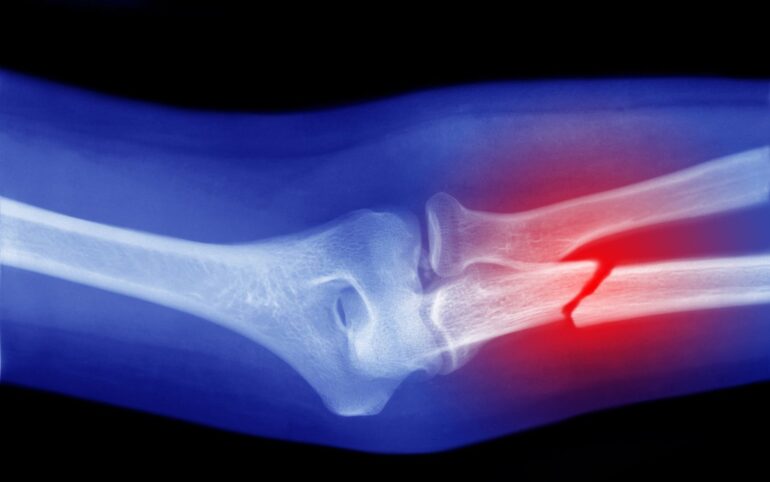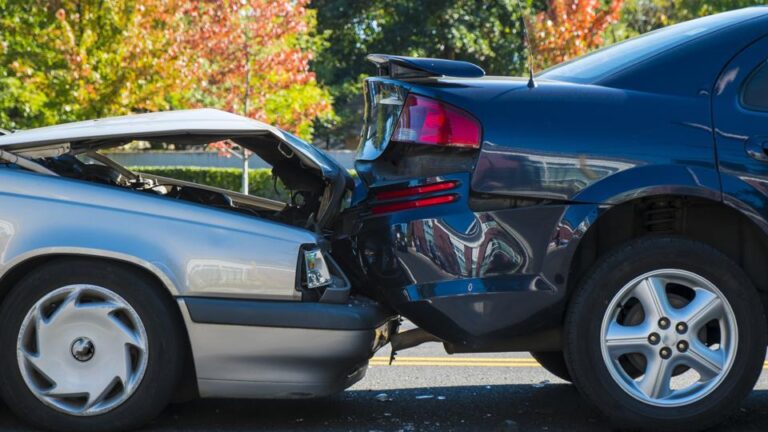Rear-end collisions are one of the most common types of car accidents, and they can cause a wide range of injuries. While some of these injuries may be minor, others can be quite serious and even life-altering.
In this article, we’ll explore the types of injuries that are commonly associated with rear-end collisions, their symptoms, and the available treatments.
1. Whiplash
Whiplash is perhaps the most well-known injury associated with rear-end collisions. It occurs when the head and neck are abruptly jerked back and forth, causing the soft tissues in the neck to stretch and strain. Whiplash can range from mild to severe, and its symptoms may not appear immediately after the accident.
Common symptoms of whiplash include neck pain, stiffness, and reduced range of motion. In more severe cases, whiplash may also cause headaches, dizziness, and numbness or tingling in the arms or hands.
Treatment for whiplash typically involves rest, ice, and over-the-counter pain medications. More severe cases may require physical therapy, chiropractic treatment, or even surgery.
2. Concussion

When the skull is forcefully shaken or jolted in any way, a person may suffer from a form of traumatic brain damage known as a concussion. In a rear end collision, a concussion may occur if the head hits the steering wheel or dashboard, or if the brain is jostled inside the skull.
A concussion can cause symptoms as benign as a headache to as severe as confusion, nausea, and vomiting. These symptoms can differ in severity from moderate to severe. In more serious cases, a concussion may also cause loss of consciousness, seizures, or difficulty speaking or walking.
Treatment for a concussion typically involves rest, both physical and cognitive, and close monitoring for any changes in symptoms. In some instances, a physician may decide to recommend medication to assist in the relief of symptoms such as migraines or dizziness.
3. Back Injuries
Back injuries are also common in rear-end collisions. They can range from minor strains and sprains to more serious injuries such as herniated discs or fractures. Symptoms of a back injury may include pain, stiffness, and reduced range of motion. In more severe cases, a back injury may also cause numbness or tingling in the legs or feet.
Treatment for a back injury will depend on the severity of the injury. More serious injuries may require physical therapy, chiropractic treatment, or even surgery.
4. Broken Bones

Broken bones are another type of injury that can occur in a rear-end collision. They can happen if the impact of the collision is severe enough to cause the bones to break or fracture. Common bones that may be broken in a rear-end collision include the ribs, collarbone, or pelvis. Symptoms of a broken bone may include pain, swelling, and difficulty moving the affected limb or body part.
Treatment for a broken bone will depend on the location and severity of the fracture. In some cases, a simple cast or brace may be sufficient to allow the bone to heal. More severe fractures may require surgery to repair the damage.
5. Internal Injuries
Internal injuries are perhaps the most serious type of injury that can occur in a rear-end collision. They can include injuries to the organs such as the lungs, liver, or spleen. Symptoms of an internal injury may include abdominal pain, nausea or vomiting, and difficulty breathing.
Treatment for an internal injury will depend on the location and severity of the injury. In some cases, close monitoring and rest may be sufficient. More serious injuries may require surgery to repair the damage.

